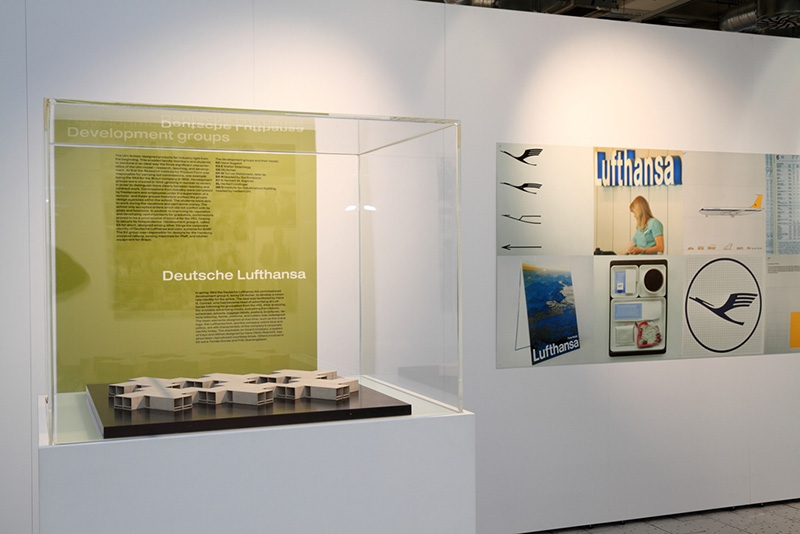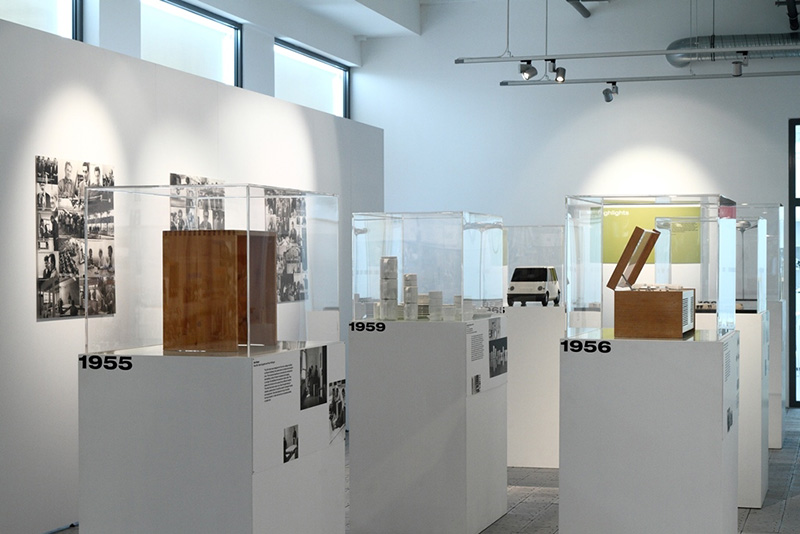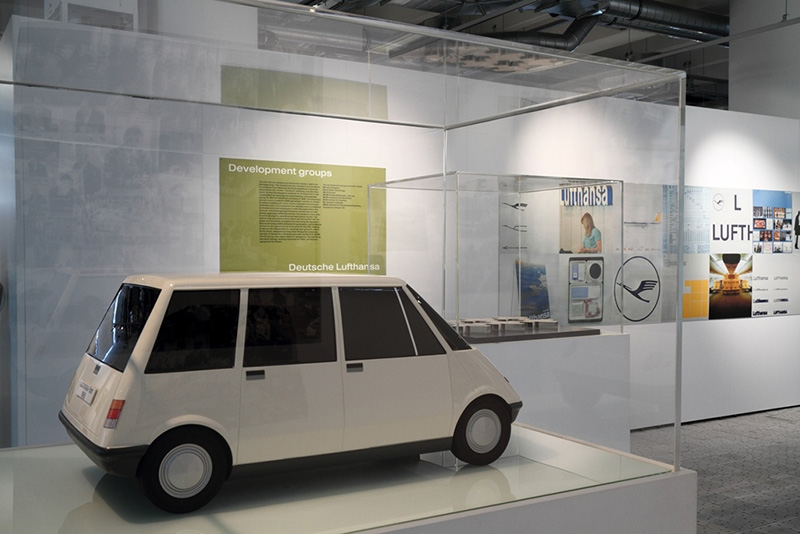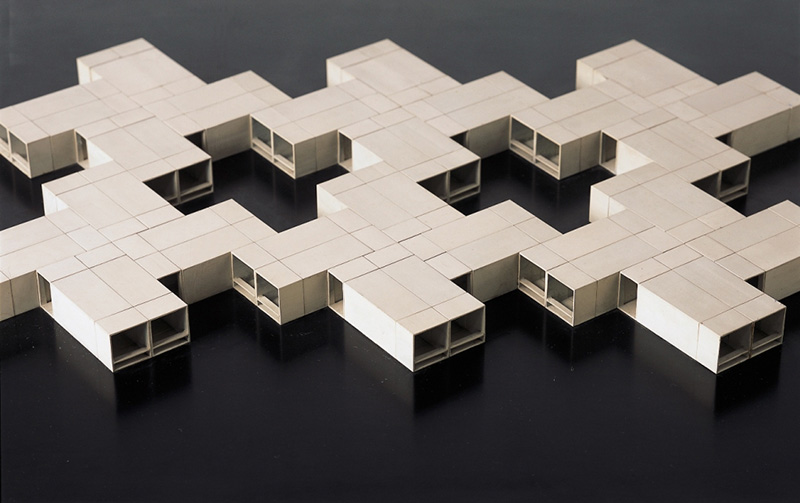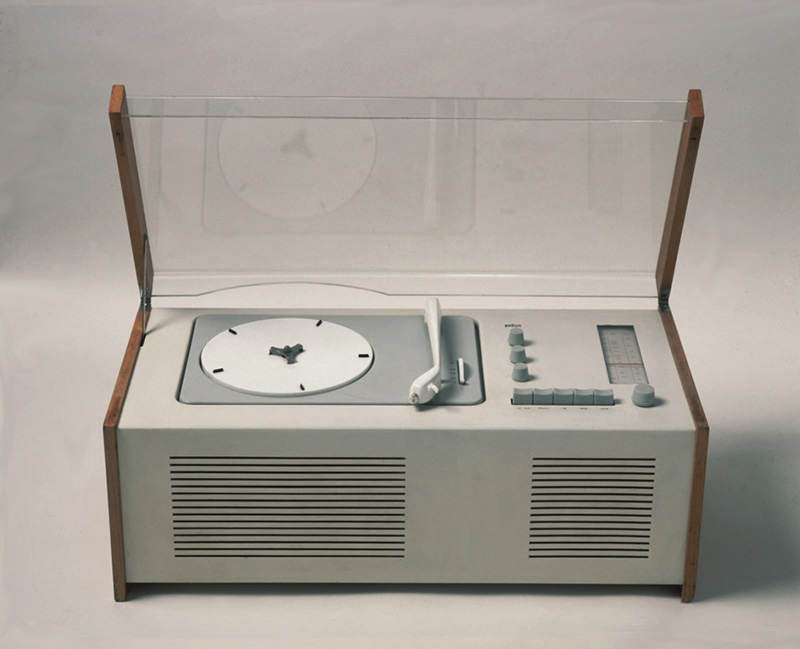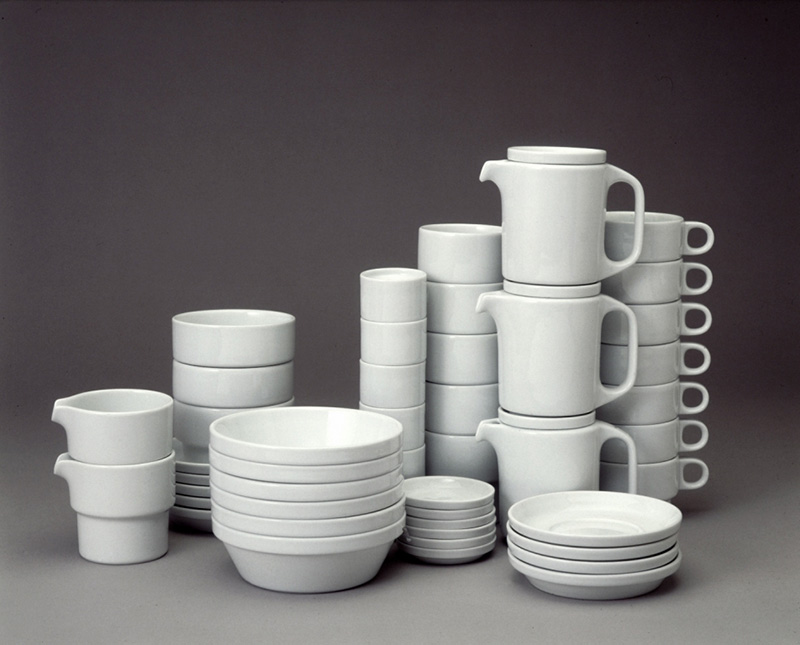DESIGN:The Ulm Model
Hochschule für Gestaltung (School of Design) was a private school of industrial design and visual communication in Ulm, Germany, which opened in 1953 and closed in 1968, it began as a continuation of the Bauhaus experiment under one of its former students Max Bill, who headed HfG until 1956 when he resigned due to ideological conflict over the teaching programme with younger members of staff. Following Bill’s departure in 1957, the school took a new direction moving away from a foundation in art towards an approach that emphasised science and society, under the leadership of Tomás Maldonado, developing what came to be known as the ‘Ulm model’ of design.
By Dimitris Lempesis
Photo: Regional Gallery of Fine Arts in Zlín
“The Ulm Model” at Raven Row in London is the first exhibition in the UK to represent the is designed to explain all the ranges included in the academic program of the school, with the objects separated in sections and chronological order, drawings and models by the students as well as the radical designs famously commissioned from the school by corporate clients. Braun GmbH has provided the exhibition with the last remaining units of their iconic D 55 display structure, designed at the school in 1955 to exhibit its modernist reinvention of Braun’s audio sets. HfG Ulm had little to do with art. Design work was mostly collectivised and rationalised, the idea of the designer as intuitive ‘artist’ emphatically rejected, and the designer’s role understood as only one amongst the many specialisms of industrial production. But this exhibition suggests that the school continued the projects of the artistic Avant-gardes, especially Constructivism. The importance of the Ulm School in the history of design comes from the strict methodology they imposed on project development. Focusing on an inter-disciplinary work and objective design analysis, it rejected design as an artistic activity and spread through industry to all walks of life. The school was recognized worldwide for its approach of focusing on the design of the system rather than the object. The exhibition presents 70 works, a complete range of objects which represent the various branches of work of the school. Under the title of “Simple systems”, it can be found the most elementary objects, made up as a basic exercise primarily geared to reconciling the harmonious union and connection between different elements. In the section of “Furniture systems” on presentation are chairs, tables and several objects focused mostly on flexible products, constructed under the principle of interchangeable elements. On “Construction systems”, from their Department of Industrialized Construction, where they worked on integrating building into industry through processes of mechanisation and prefabrication which had begun in an earlier period under the direction of Konrad Wachsmann. Starting in 1957, the division of “Systems in electronics” was involved in exploring the possibility of combining devices in units that could be stacked in columns or aligned with a wall or on a table. One of the most important works of this part of school happened in 1963, under the direction of Dieter Rams, when he was chief of design at Braun and he ushered in a new approach to domestic products, changing the relationship between design and the consumer. Also Lufthansa commissioned the school the task of designing their identity, which involved graphic design, logos, typography, packaging, among others.
Info: Curator: Peter Kapos, Raven Row, 56 Artillery Lane, London, Duration: 5/10-18/12/16, Days & Hours: Wed-Sun 11:0-0-18:00, http://ravenrow.org
